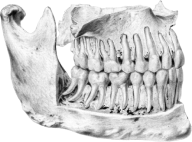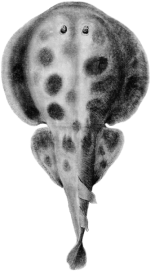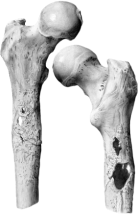
Concourse (2) by Barbara Hepworth, 1948; Barbara Hepworth © Bowness
The Hunterian Museum, named after the 18th century surgeon and anatomist John Hunter (1728-1793), reopened on 16 May 2023 following a five-year redevelopment of the Royal College of Surgeons of England’s headquarters at Lincoln’s Inn Fields in central London.
The £4.6 million museum development includes the display of over 2,000 anatomical preparations from Hunter’s original collection, alongside instruments, equipment, models, paintings and archive material, which trace the history of surgery from ancient times to the latest robot-assisted operations. The Museum includes England’s largest public display of human anatomy.






